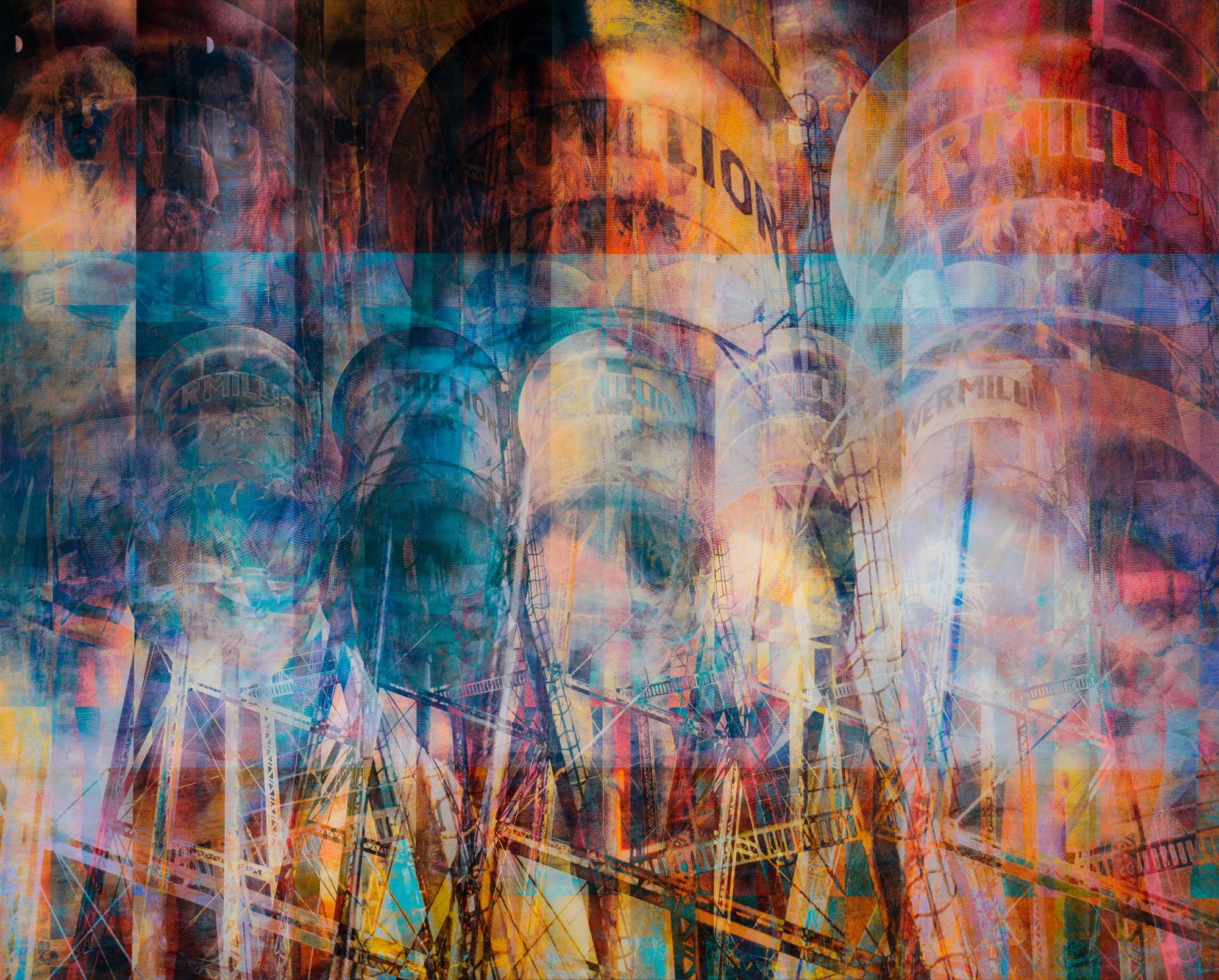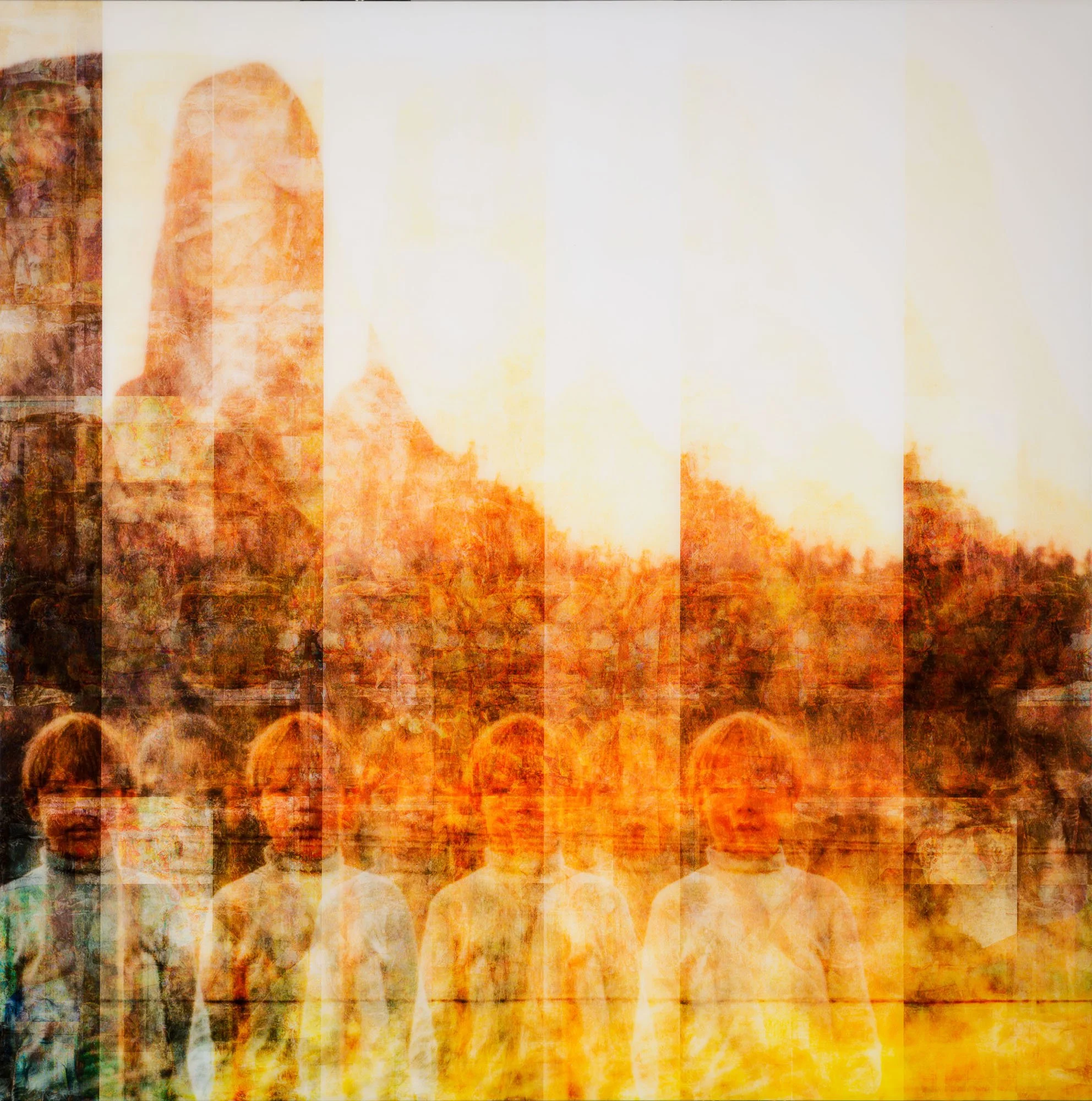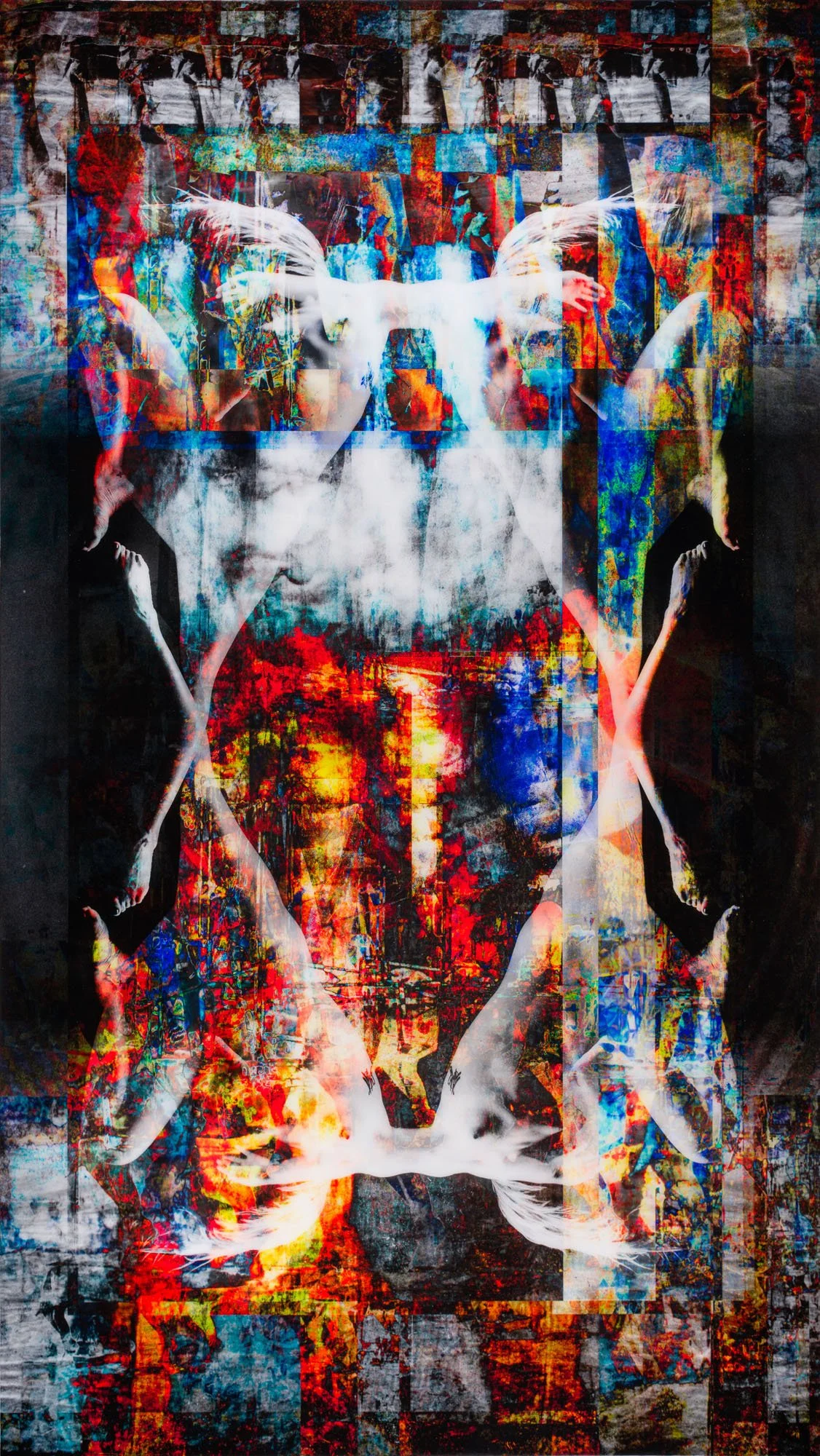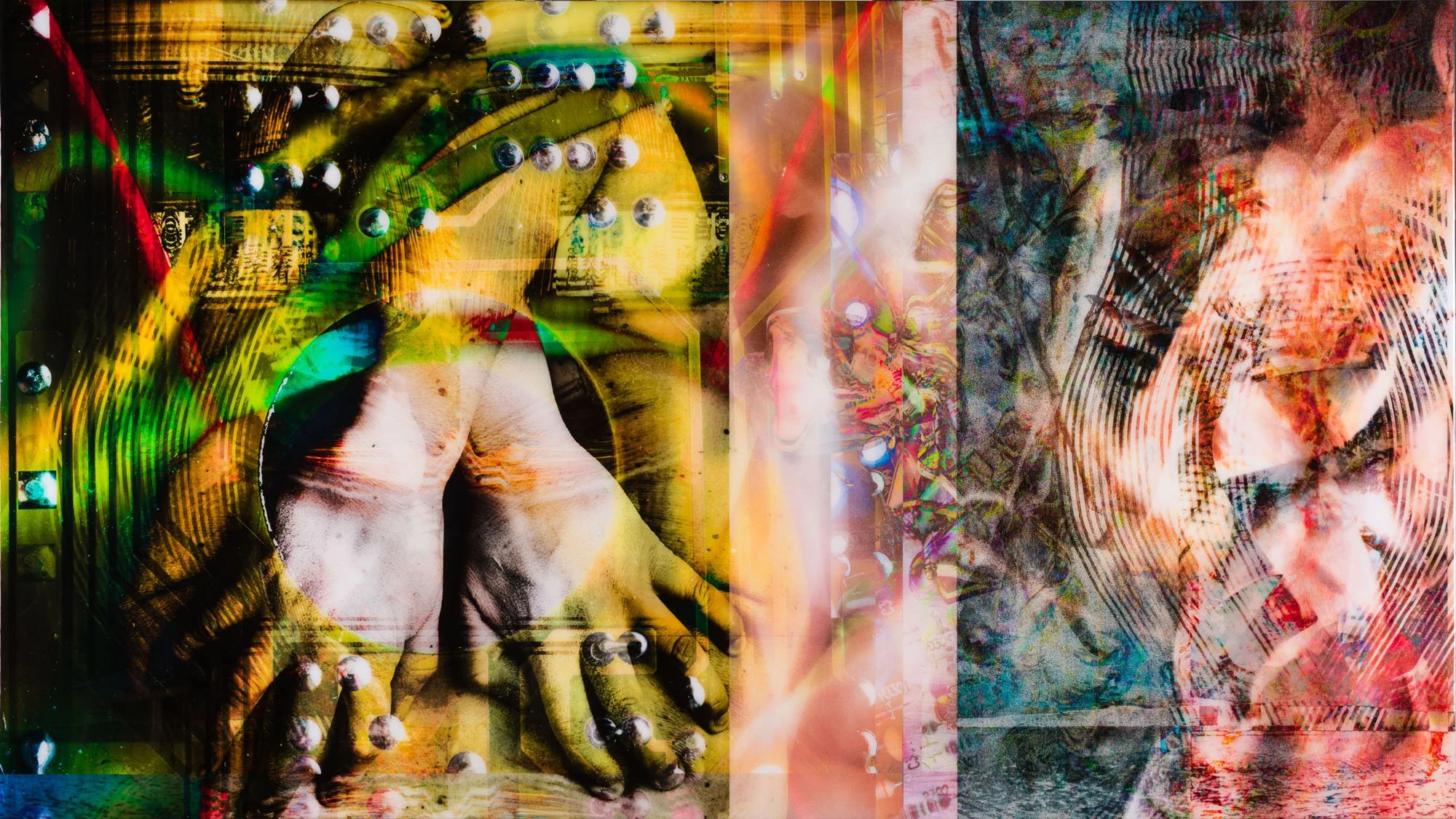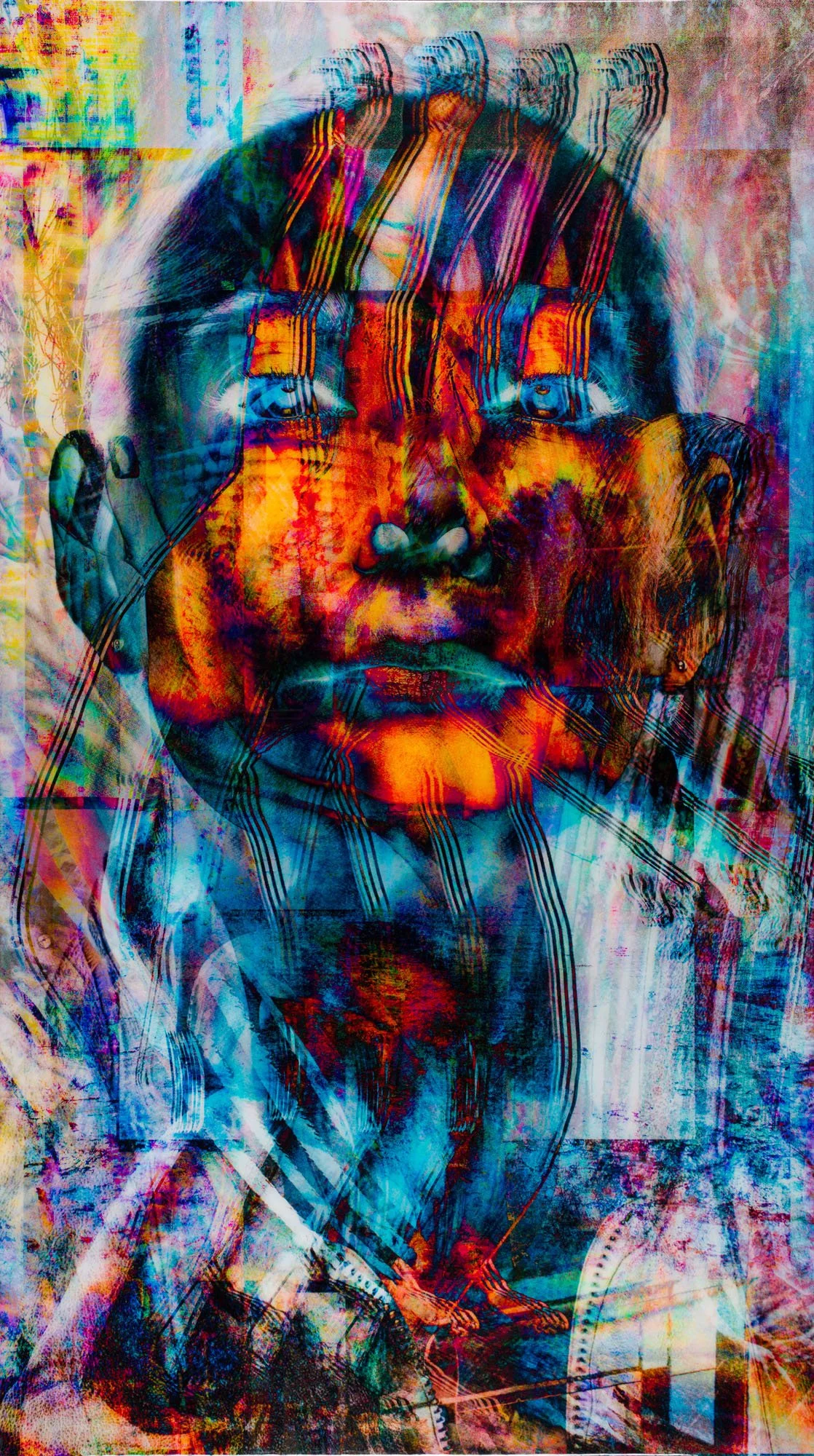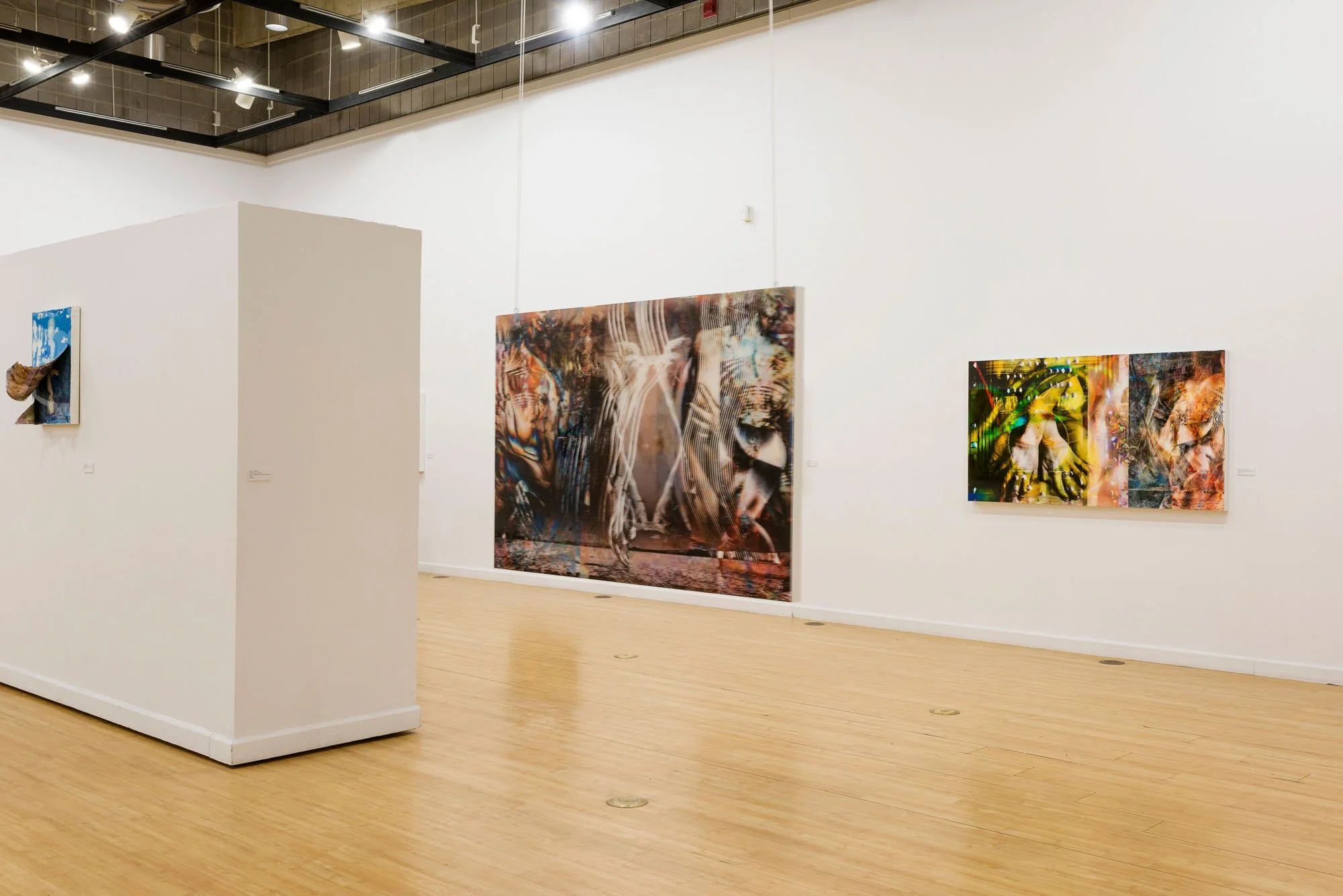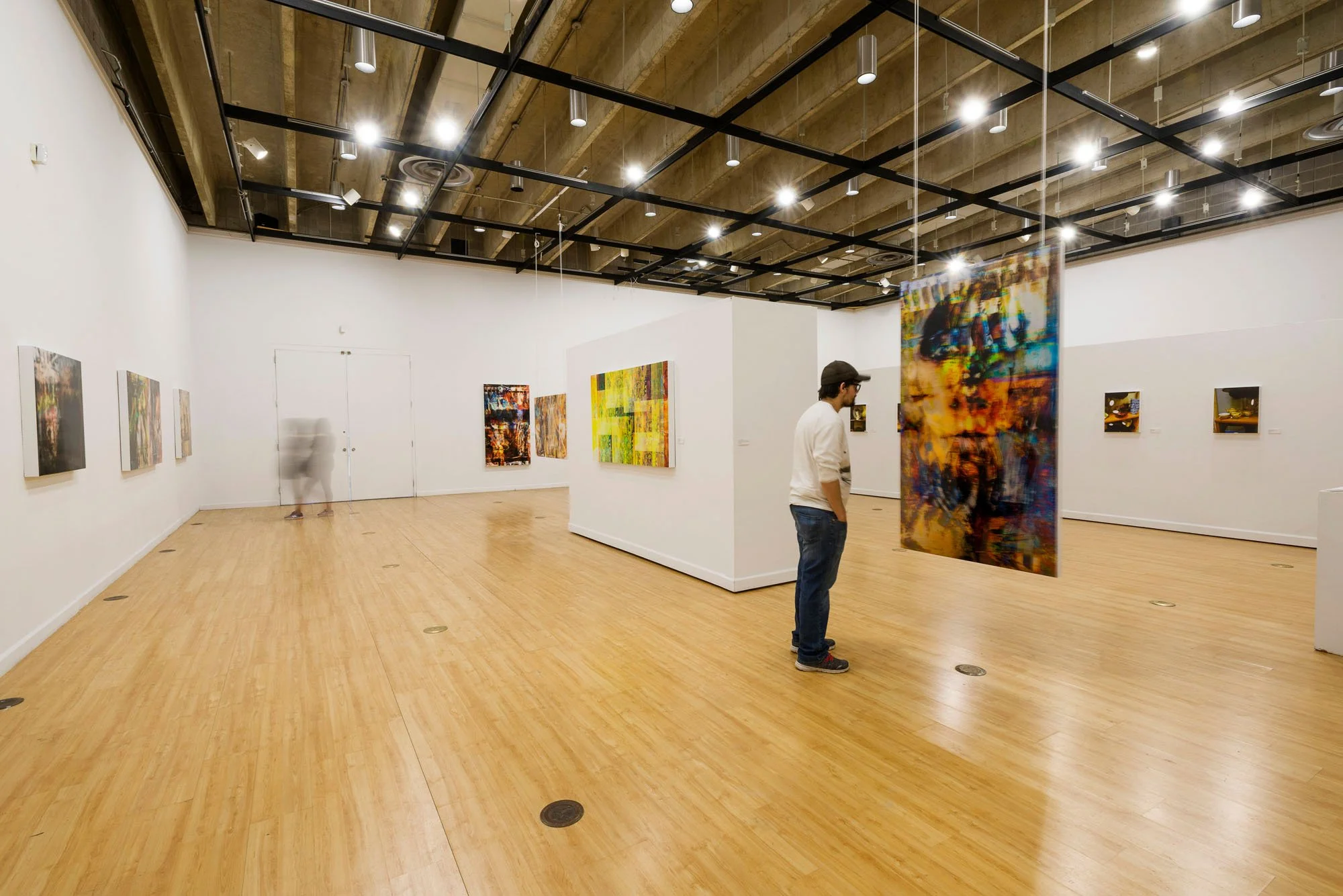I don’t remember learning to read. I don’t remember not dreaming in color. I probably don’t remember your name. Many people would say they don’t remember that moment, that epiphany of learning to read, but I don’t have many clear memories, especially before fifth grade. I have vivid recollections of colors, objects, and emotions, but in most cases the context is skewed—abstracted by the noise of intermingling and conflicting visions. I have built what I consider clear memories around photographs, but they are nothing more than abstractions. When I look at them, I have flashes of completely unrelated moments—perhaps involving that person, that place, that object. This is how I frame my memories: through an overlapping congestion of random visual moments and emotions. I have discovered that my fascination with photography stems from my difficulties with memory, especially my short-term and working memory… my dyslexia. A memory is a measurement of time, and the inevitable abstractions created by such a measure amplify a resonant noise of overlapping moments. This body of work attempts to represent the transition of memory from thought to thought and investigates an abstraction of the image by deconstruction through addition—a kind of photomontage. This photomontage, in the ideas of the gaze within, the gaze created by, and the gaze of the image itself, is an overt exaggeration of the complexity of information, of interference, and of noise produced within this intersection and interplay of image, memory, and prophecy. My subject is photography; my subject is myself; my subject is fiction; my subject is memory.
Aaron C Packard, Her Curves Matched the Ringing in My Ears, 2016 Archival Pigment, Resin, Wood Panel 33.5”x42”
Aaron C Packard, Stratum of Home, 2016 Archival Pigment, Resin, Wood Panel 33.5”x42”
Aaron C Packard, Mortal Thoughts, 2016 Archival Pigment, Resin, Wood Panel 40”x40”
Aaron C Packard, Forgotten Moment, 2016 Archival Pigment, Resin, Wood Panel 40”x40”
Aaron C Packard, Aaron C Packard, Me and Mephistopheles, 2017 Archival Pigment, Resin, Wood Panel 71”x40”
Aaron C Packard, The Chicken Hunter, 2017 Archival Pigment, Resin, Wood Panel 71”x40”
Aaron C Packard, Another Gibson Relationship, 2017 Archival Pigment, Resin, Wood Panel 40”x71”
Aaron C Packard, Memory in Yellow, 2017 Archival Pigment, Resin, Wood Panel 40”x71”
Aaron C Packard, Then and There – Here and Now (side I), 2017 Archival Pigment, Resin, Wood Panel 71”x40”
Aaron C Packard, Then and There – Here and Now (side II), 2017 Archival Pigment, Resin, Wood Panel 71”x40”
Aaron C Packard, Soulmate #2 or #3 (side I), 2017 Archival Pigment, Resin, Wood Panel 40”x60”
Aaron C Packard, Soulmate #2 or #3 (side II), 2017 Archival Pigment, Resin, Wood Panel 40”x60”
Aaron C Packard, She Has Always Been a Dream (no matter how many times I met her), 2017 Archival Pigment, Resin, Wood Panel 40”x71”
An art gallery with white walls and wooden floors displaying various colorful images and photographs. In the center, there is a large framed photograph of two men standing side by side, one wearing a gray hoodie and the other in black. Artworks are visible on the left and right walls, with some on display shelves and others framed on the wall.
View of an art gallery with white walls and wooden floors, displaying three large, colorful abstract images.
Gallery with three colorful abstract images on a white wall and a wooden floor.
Art gallery interior with white walls and wooden floors displaying colorful abstract images and digital art, with a person observing artwork in the background.
Two colorful abstract images hanging on white gallery walls in an art museum with wooden floors.
Empty art gallery with wooden floor, white walls, and hanging colorful abstract images; single person viewing art in the distance.
An art gallery with various colorful abstract images on white walls and a light wood floor.
People inside an art gallery viewing abstract images on white walls, with hardwood flooring and a black grid ceiling with lights.
A panoramic view of an art gallery with white walls, wooden flooring, and various colorful images and photographs displayed on the walls.

